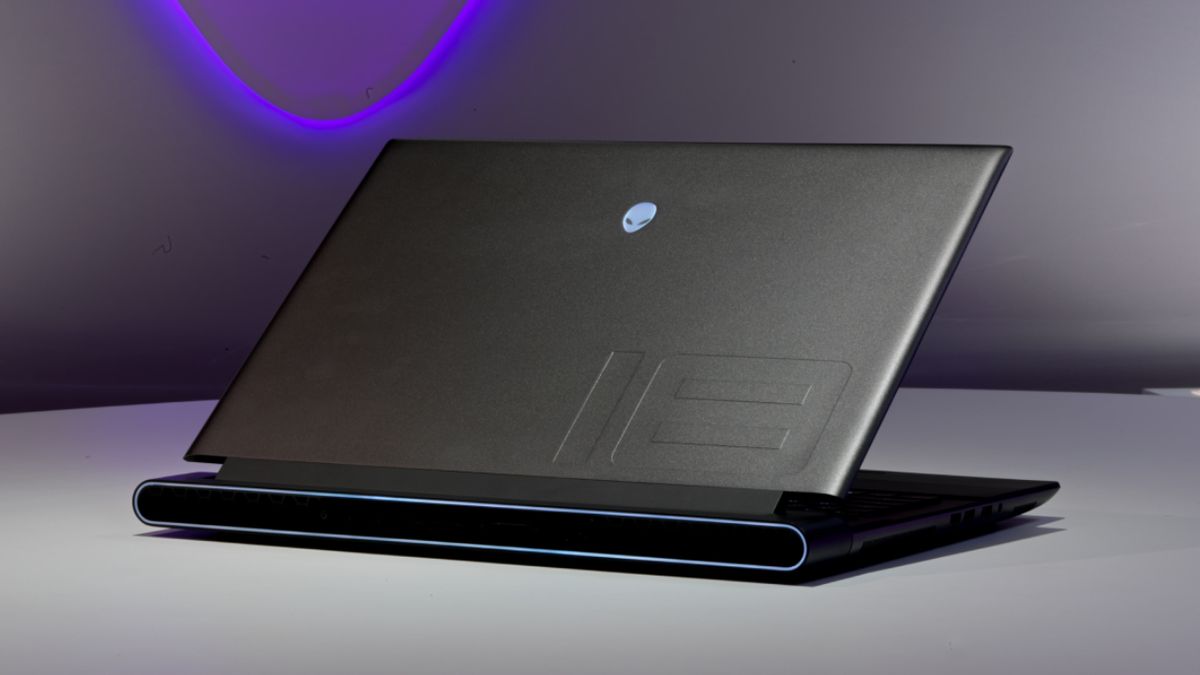2023 is going to be an awesome year for laptops. With the likes of 13th Gen Intel Core CPUs and beasty RTX 40 series GPUs, there is a lot to get excited about. Pair that with quite a seismic shift in interesting form factors (more on those later) and new display technologies, and we are in for a fascinating slate of new notebooks over the next 12 months.
And if that isn’t enough to get you excited, we’re also expecting great laptops at every price point, so consumers won’t have to settle or compromise too much when choosing a new system. And while there will be no shortage of business, mainstream and premium laptops, we’re expecting a lot of entries in the gaming and content creation space. And yes, there are plenty of Chromebooks on the horizon. So, without further ado, here are our most anticipated laptops of 2023.
Lenovo Yoga Book 9i
The Yoga Book 9i is a dual-display beauty of a laptop that proves Lenovo is still an innovative beast. I mean, just look at it in all of its avante-garde, futuristic glory! With a second display replacing where the keyboard would be, I’m most curious to see how Lenovo “virtualizes” the typing experience.
In a sea of boring clamshell designs flooding into 2023, you have to admit that the Yoga Book 9i is arguably the most conspicuous forthcoming laptop. On top of that, this bad boy is Intel Evo-certified, which means that it’s expected to meet quality standards in several categories, including connectivity, internal components and battery life. Win!
— Kimberly Gedeon, Editor
Asus ProArt Studiobook 16 3D OLED
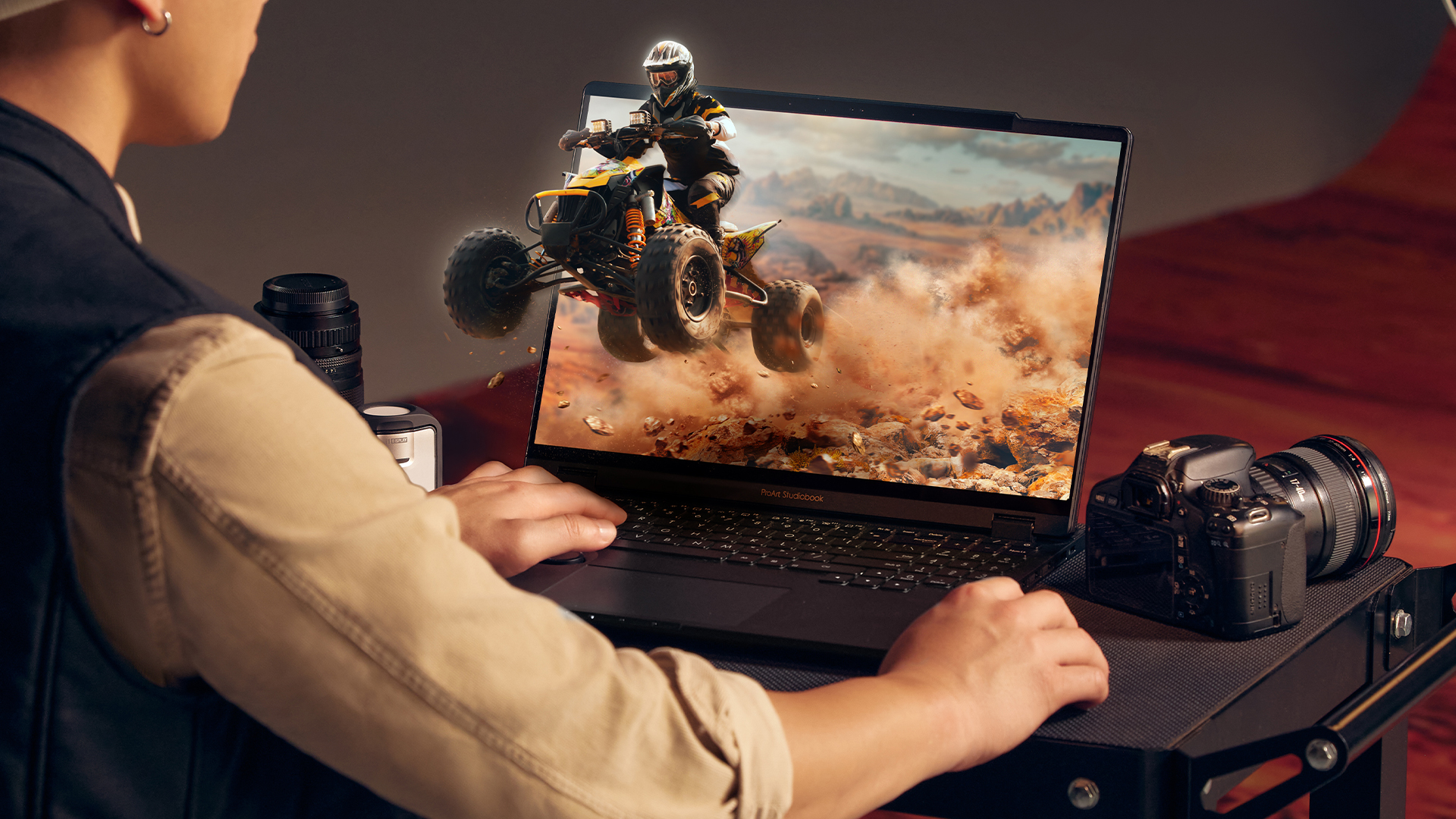
So, I checked out this 3D laptop at CES 2023 with an initial wave of skepticism. Much like 3D movies and TVs, the idea sounds good on paper but what’s the point? Is it an actually useful feature? Based on my time with Asus and the ProArt Studiobook 16 3D OLED, I’m confident the answer is “yes.”
This beasty 16-inch laptop packs a gorgeous OLED panel with a 3.2K resolution and 120Hz refresh rate, which uses a pair of cameras to simulate a stereoscopic 3D image by tracking your eyes. It’s a fascinating effect that makes visuals pop out of the screen. As for its uses, there are games and films, of course, but for the likes of Metaverse application development, architecture and medical uses, this display comes into its own.
— Jason England, Content Editor
Alienware m18
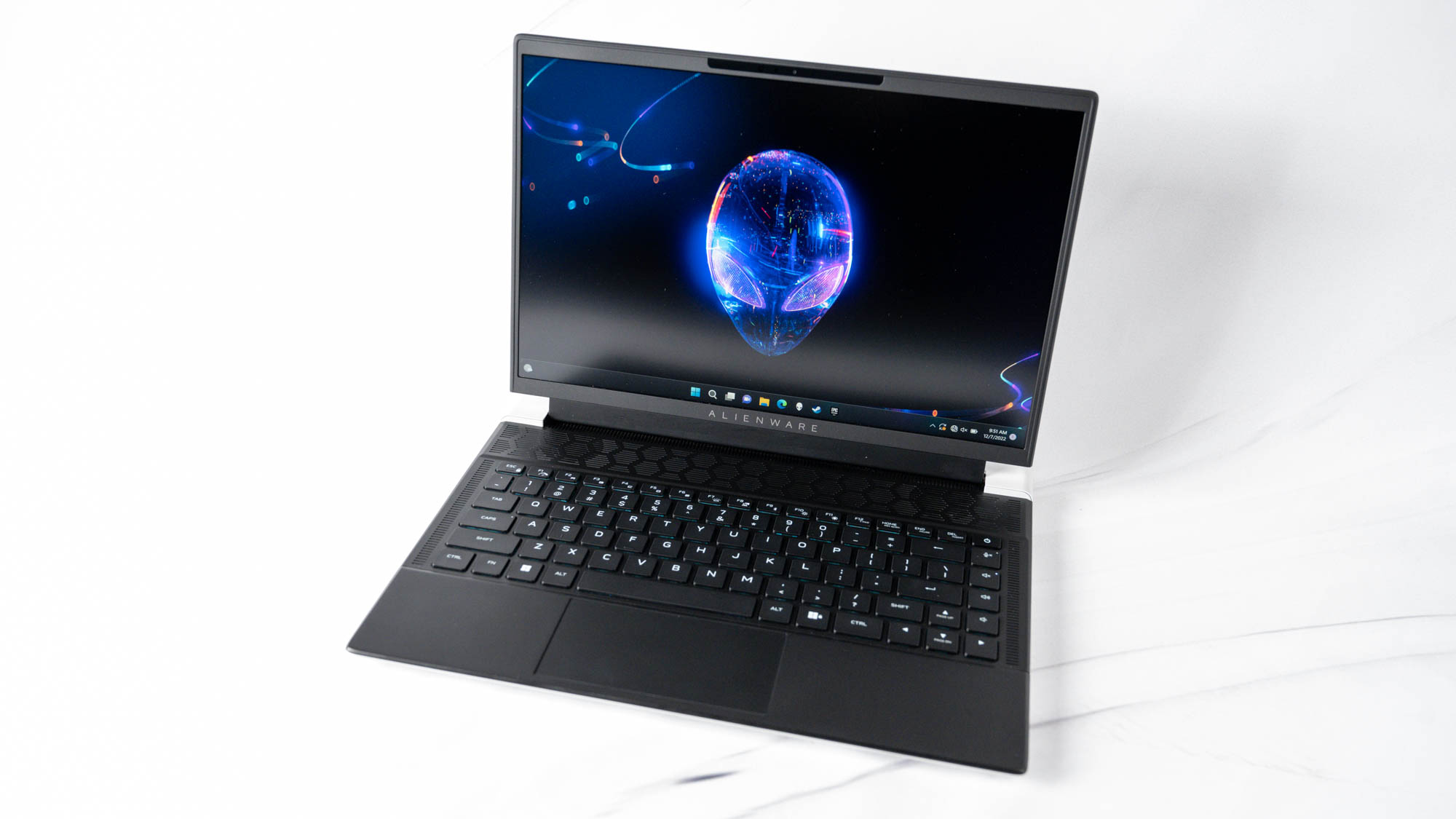
The Alienware m18 is perfect for those who love choice. If you’re overwhelmed by the prospect of “too many options,” configuring this thing will probably stress you out. But if an abundance of absurd choices sounds like your cup of tea, then you will have a grand old time potentially packing this thing with up to 9TB of SSD storage and 64GB of RAM.
The m18 is also enormous, measuring 16.2 x 12.6 x 1.1 inches, making it an unwieldy pick for those who’d rather game on the go. But if any laptop could embody the phrase “absolute beast,” it’s this thing. Just for the sheer size and power we’re expecting to accompany this laptop, we can’t help but be excited to review it this year. Similarly enormous is its price range, as the m18 will first launch its high end configurations at $2,899, while the additional options will come later with the entry model starting at $2,099.
— Momo Tabari, Contributing Writer
Asus ROG Flow X13
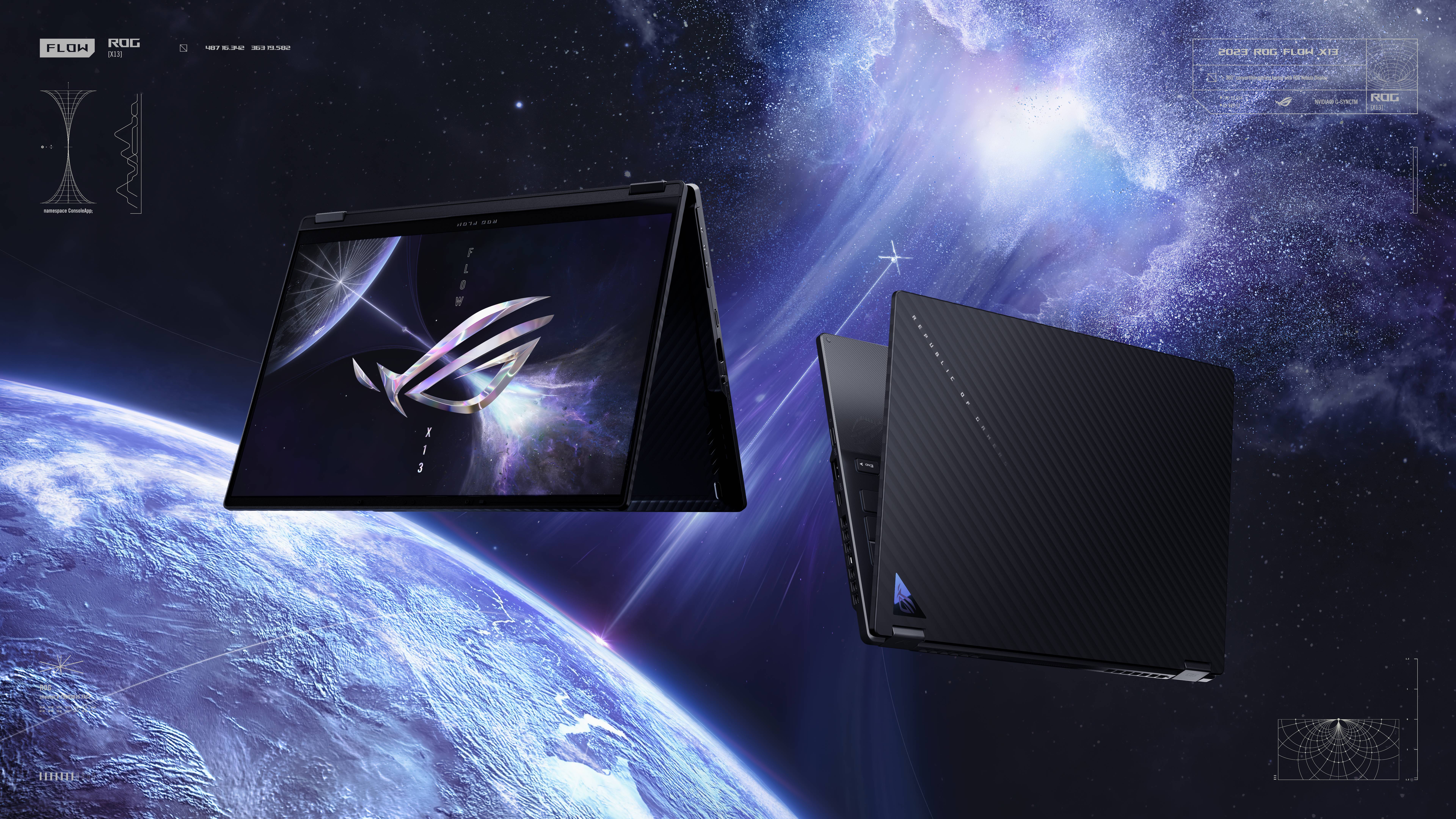
We loved the original Asus ROG Flow X13. It was the first realization of Asus’ vision of a newfound versatility in PC gaming. An ultra-portable notebook 360-degree hinge with decent power for gaming, alongside an external GPU superpower for turbo-boosting performance at home. It truly reinvented the idea of gaming on-the-go unlike anything else.
But what if you didn’t need that eGPU? What if Asus decided to stick an RTX 4070 GPU in here? Sounds bonkers, right? Well, the company seems to have gone a bit mad and thrown one in here — making the most powerful 2-in-1 we’ve ever seen. Not only that, but other critical improvements have been made, such as increasing the battery capacity to 75Wh, tweaking the hinge to allow for increased airflow, and a tougher Corning Gorilla Glass DXC screen.
— Jason England, Content Editor
MSI Creator Z17 HX Studio
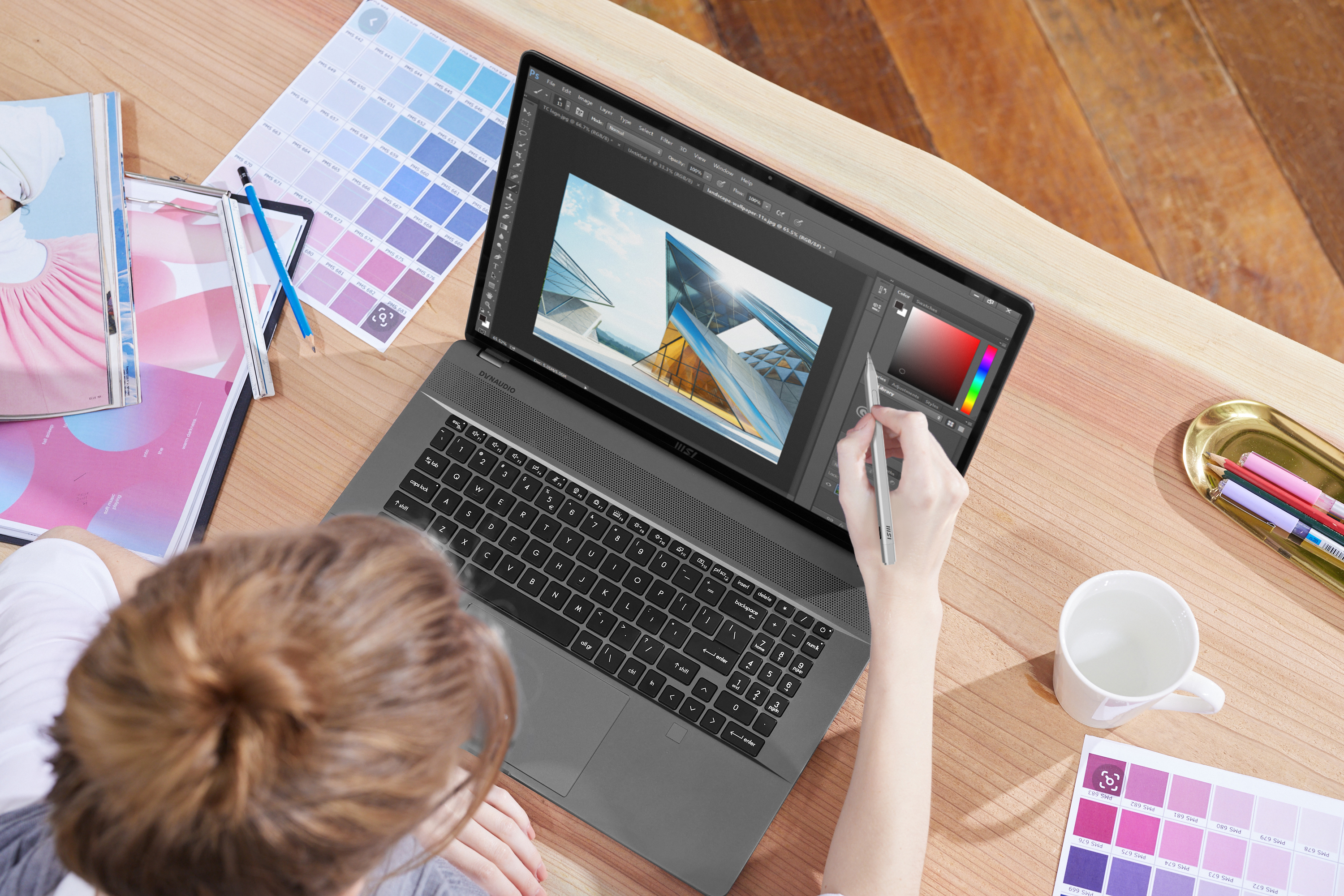
The MSI Creator Z17 HX Studio feels like an entire creator’s workshop in a single laptop and while it takes the kitchen sink approach to delivering every feature you can imagine, it manages to achieve it in a relatively slim 0.74-inch frame and just 5.5 pounds. It’s not an ultralight by any means, but considering it offers a 13th Gen Intel Core i9-13980 HX CPU and an Nvidia RTX 4070 GPU, it is an astounding feat.
But we’re just getting started. The Z17 HX also gives you a 16-inch, 16:10 QHD+ display with a 165Hz refresh rate, so gamers or content creators targeting higher frame rate content are covered. And speaking of content creators, you have a sub-0.2 Delta-E color accuracy score according to MSI, that would beat anything we’ve tested in recent memory.
Did I mention that it’s a touchscreen with support for the MSI Pen 2? The pen offers 4,096 levels of sensitivity and a swappable graphite tip that can go from writing on the display to writing on paper. It also delivers an outstanding pen-to-paper feel on the display, rather than the slippery stylus on glass sensation. Toss in every port you could want, a 90W battery and 240W charging and it’s easy to see why I can’t wait for this one to arrive in our labs.
— Sean Riley, Assistant Managing Editor
LG Gram Ultra Slim
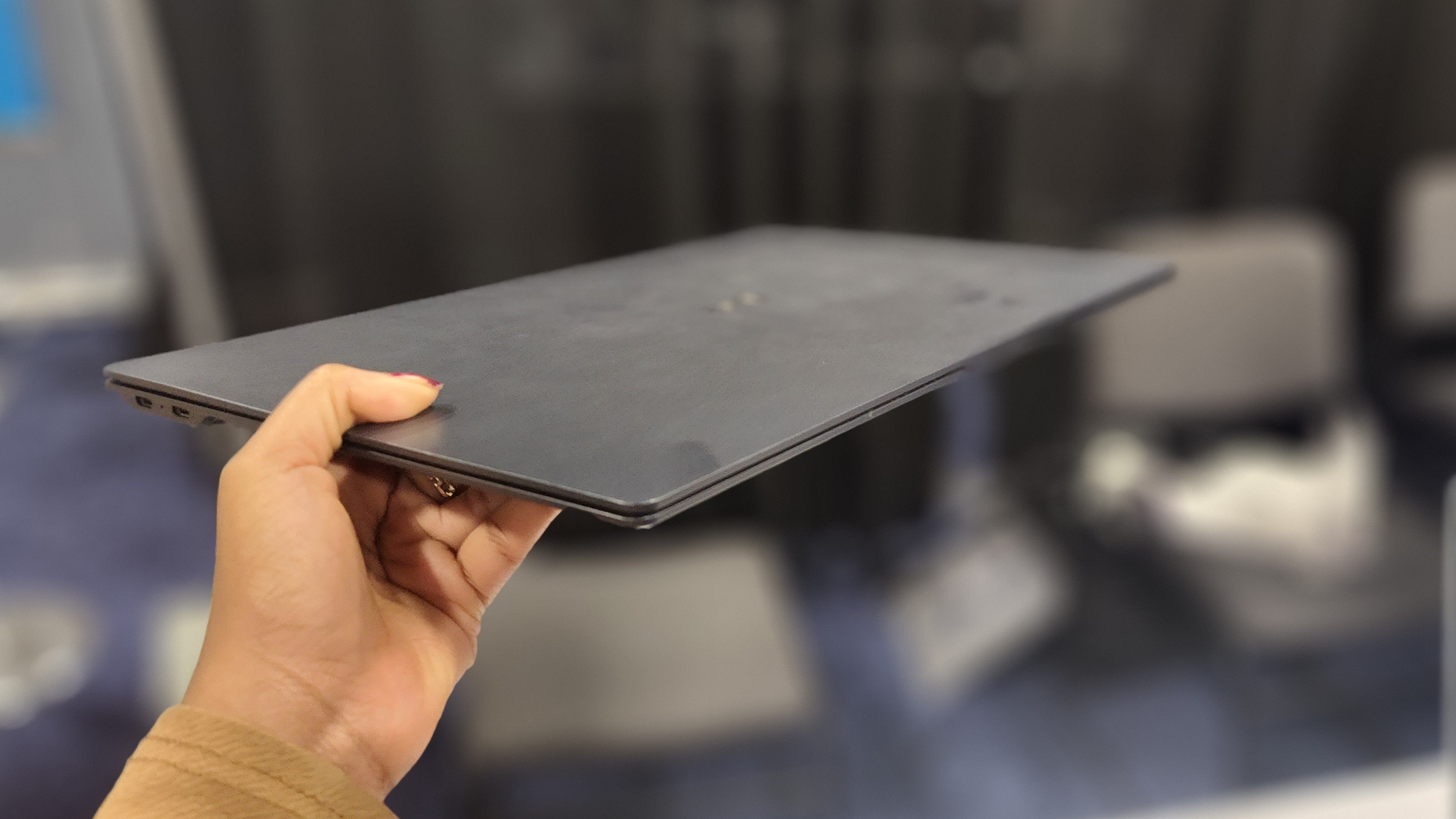
The LG Gram is the world’s thinnest laptop with a slimness of only 0.43 inches, beating out the 13-inch M2-packed MacBook Air, which is already razor-thin at 0.44 inches.
But the reason why we’re excited about this laptop is not just its ultra-thin design — we want to know if its performance matches its design prowess. After all, what good is a laptop that boasts extreme portability if it can’t deliver decent performance scores, a tolerable battery runtime, and more.
That being said, Gram Ultra Slim, we love that you’re as thin as a binder, but you still have a lot more to prove to be a laptop worthy of landing on our best laptops of 2023 page.
— Kimberly Gedeon, Editor

